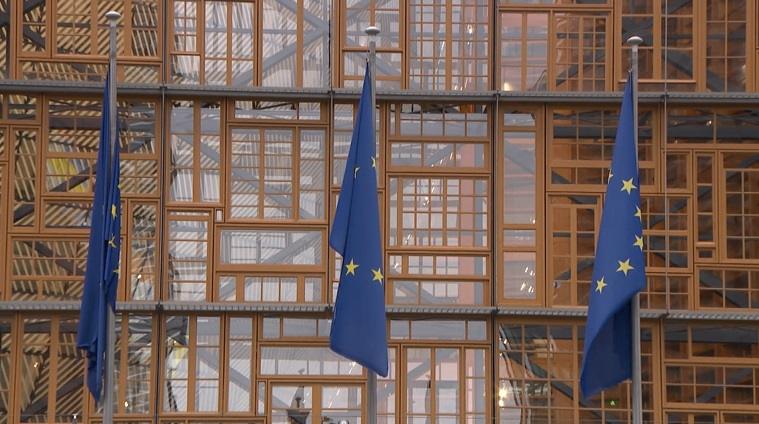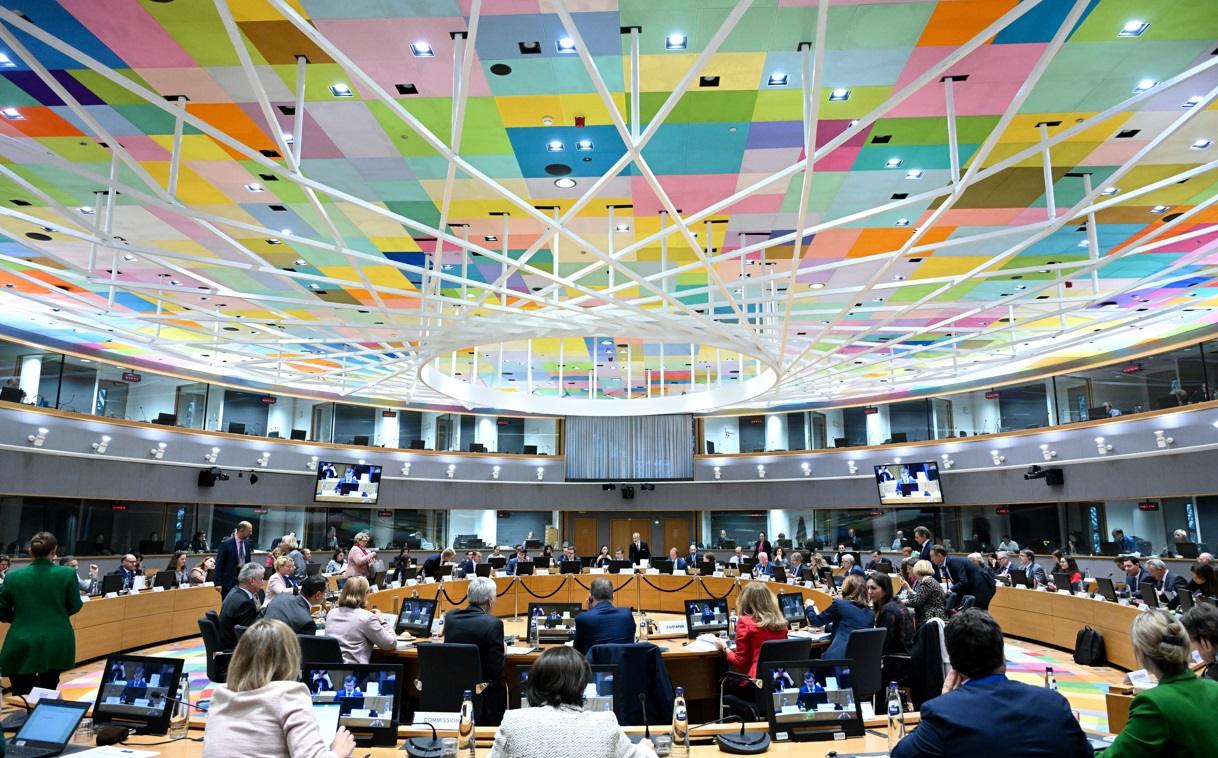EU Adopts Rules Banning Products Made with Forced Labor
EU member states in the European Council announced that they have adopted a new regulation aimed at banning products made with forced labor from being sold on the EU market, or exported.
The adoption of the new rules by the EU Council marks the last major legislative step in the process for the new regulation, following an agreement with the European Parliament on the new legislation reached early this year, and Parliament’s final approval of the rules in April.
According to the EU Council, the new regulation comes as an estimated 27.6 million people work in forced labour conditions around the world, across multiple industries and regions. The legislation was initially proposed by the EU Commission in September 2022 to help address the problem of modern slavery, directing customs authorities to identify and stop products made with forced labor from entering EU borders, and empowering member states’ national authorities to remove products made with forced labor, following an investigation. The regulation covers all products, including those made in the EU for domestic consumption and export, and imported goods.
Under the new regulation, goods that are determined to have been made using forced labor can be ordered removed by the authorities, to be either donated, recycled, or destroyed. Firms that do not comply with the regulation can be fined, while the regulation would allow products back on the market if the company eliminates forced labor from its supply chain.
In the negotiations between Council and Parliament, the lawmakers modified the Commission’s initial proposal, including setting criteria for determining which authority will lead investigations, with the Commission responsible for investigations if third party countries are involved, and member states’ competent authorities leading in cases in which the risks are in the member states’ territory, with decisions made by a national authority applying across all member states.
The new regulation also calls on the Commission to create a list of specific economic sectors regions in which state-imposed forced labor exists, and to establish a database with regularly updated information about forced labor risks, supporting the authorities’ assessments of possible violations of the regulation.
With the adoption of the new rules by Council and Parliament completed, the legislation will proceed to publication in the EU’s Official Journal, and will apply three years after entry into force.





